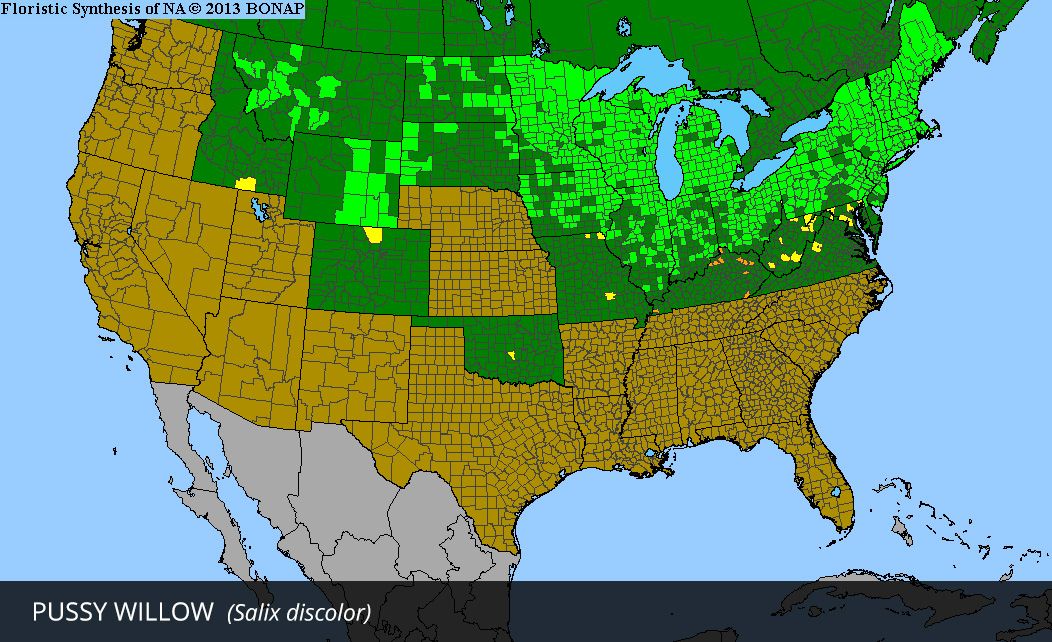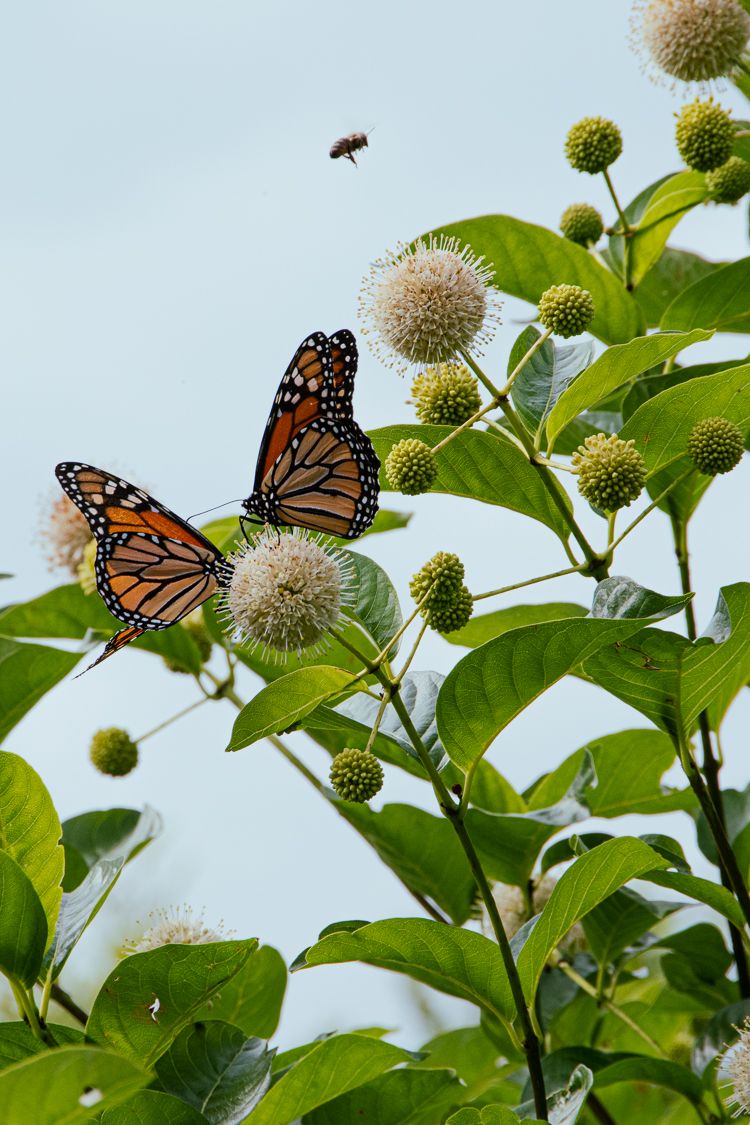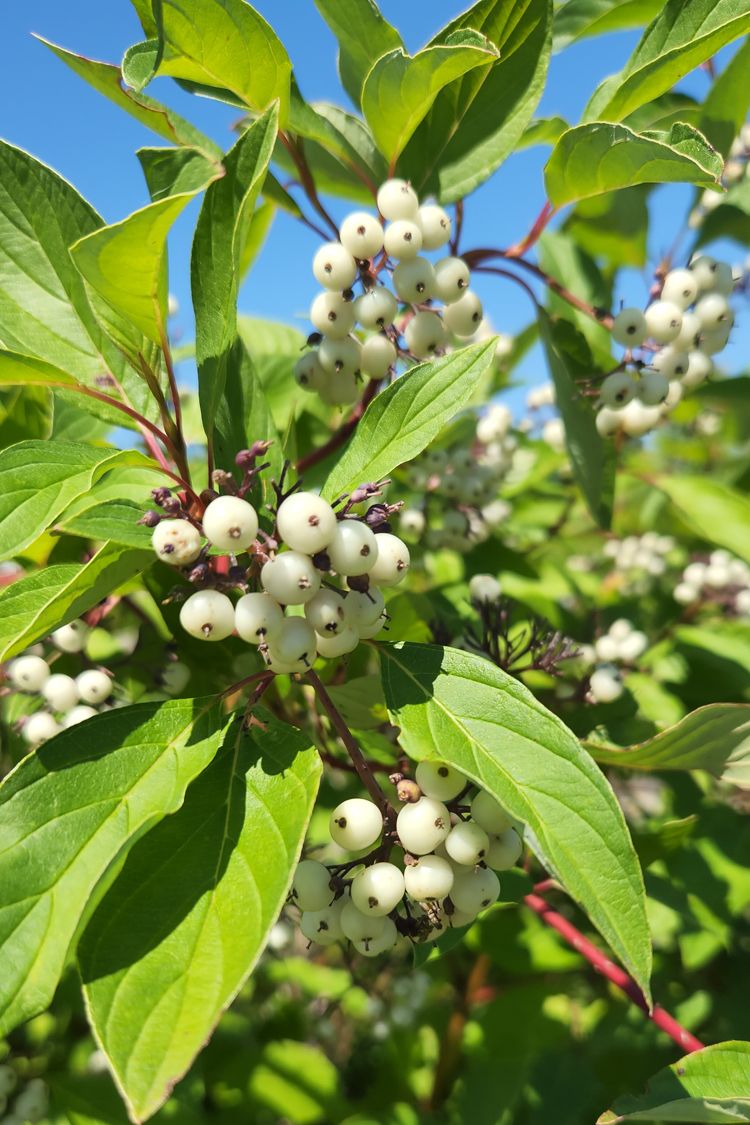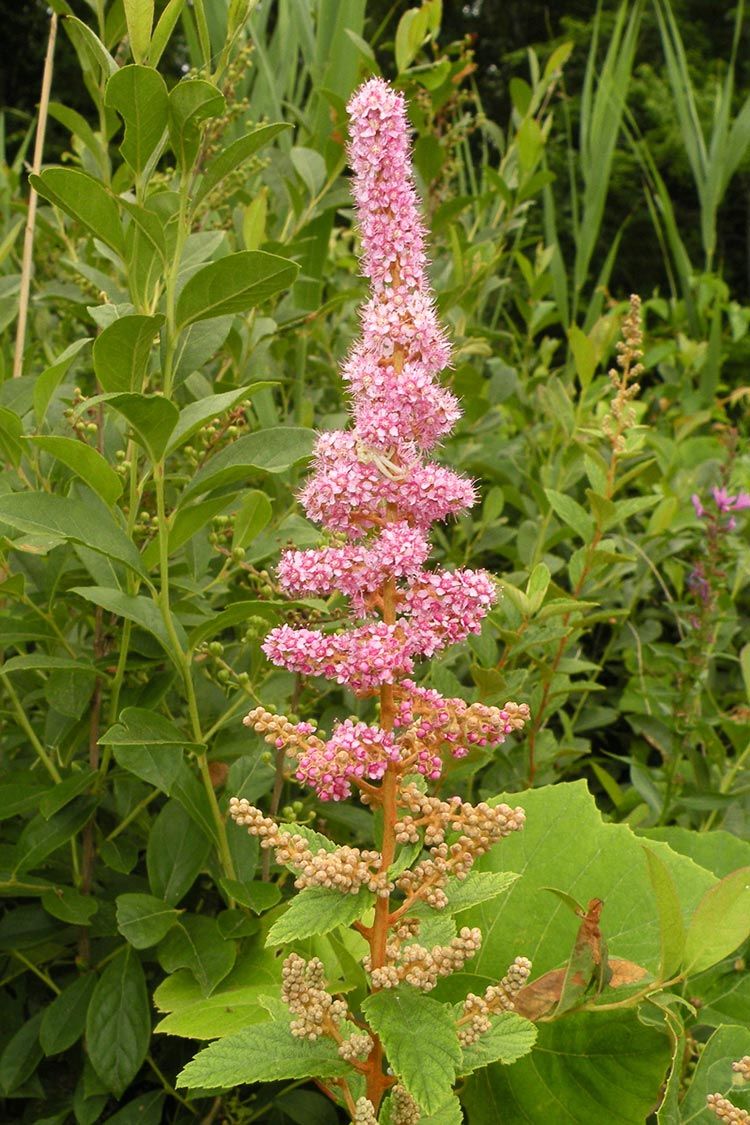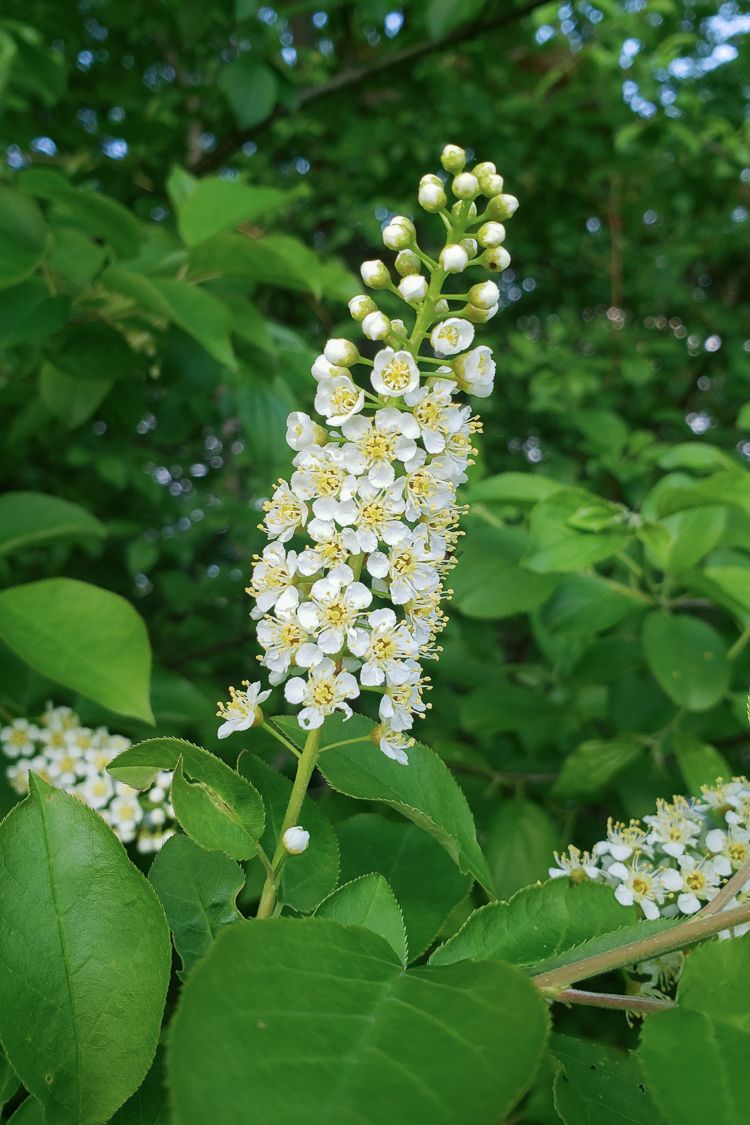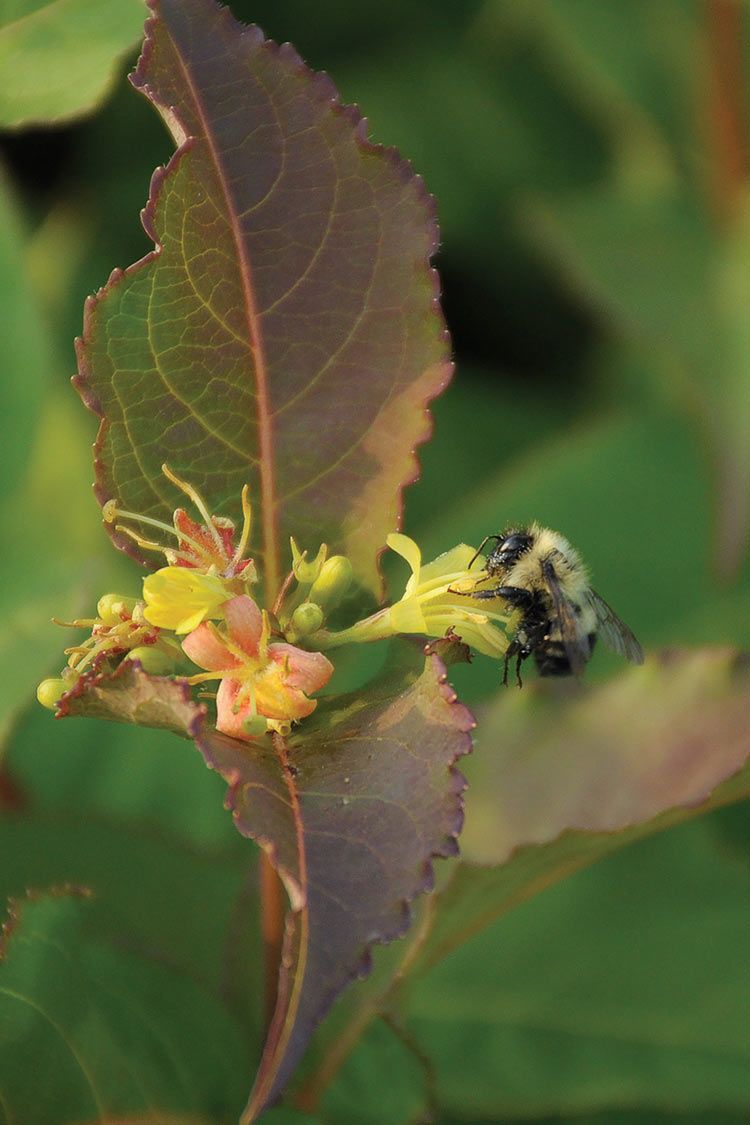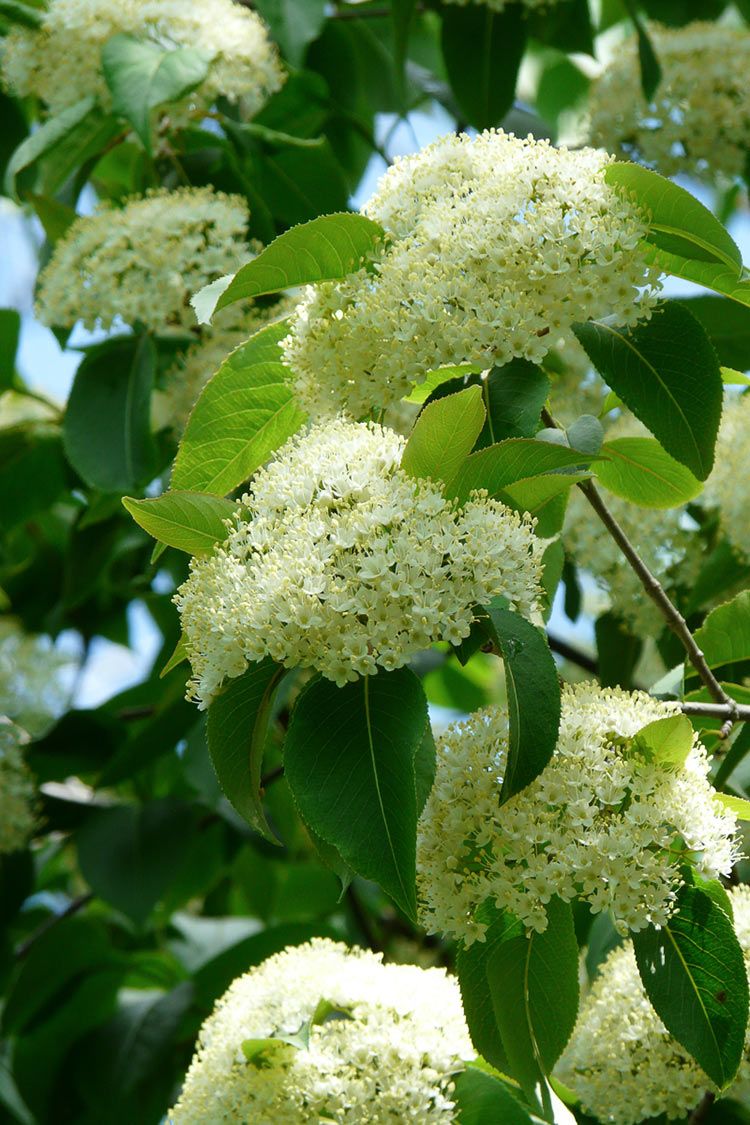Pussy Willow
In early spring the silky catkins of Pussy Willow open well ahead of other flowering plants. The catkins bloom conspicuously on bare stems, before the leaves appear, and offer a critical source of pollen for native bees that emerge early in the season …
| Soil Type | Clay, Loam, Sand |
|---|---|
| Soil Moisture | Moist, Wet |
| Sun Exposure | Full Sun |
| Height | 10' - 20' |
| Bloom Color | White, Yellow |
| Bloom Time | Mar |
| Spacing | 5' - 10' |
| Zones | 3, 4, 5, 6, 7, 8 |
| Root Type | Fibrous |
| Benefits | Birds, Pollinators, Host Plant |
In early spring the silky catkins of Pussy Willow open well ahead of other flowering plants. The catkins bloom conspicuously on bare stems, before the leaves appear, and offer a critical source of pollen for native bees that emerge early in the season.
The trunks of Pussy Willow are typically clustered with a strong upright form that provides good cover and nesting sites for a variety of birds. This clonal plant spreads by rhizome and can form dense thickets. Native to wetlands, marsh edges and river bottoms, Pussy Willow thrives in moist to wet areas where many other species would struggle. The blue-green leaves are a larval food source for numerous butterlies and moths, including the Mourning Cloak, Viceroy, Red Spotted Purple, and the Compton Tortiseshell to name a few.
Salix discolor is a dioecious species - male & female flowers are produced on separate plants. Both male and female plants have flowers. The male plant produces pollen, but both sexes produce nectar. The flowers of the male plant produce the soft nubby catkins which are so often used in flower cuttings. Female plants also have flowers, which tend to develop and open a little later, forming their own attractive catkins.




